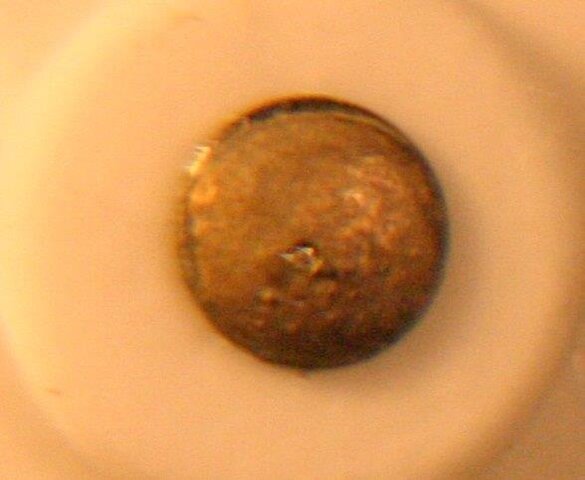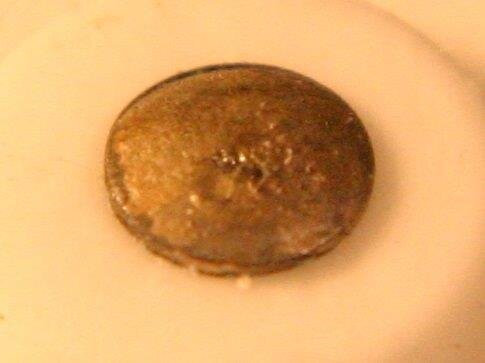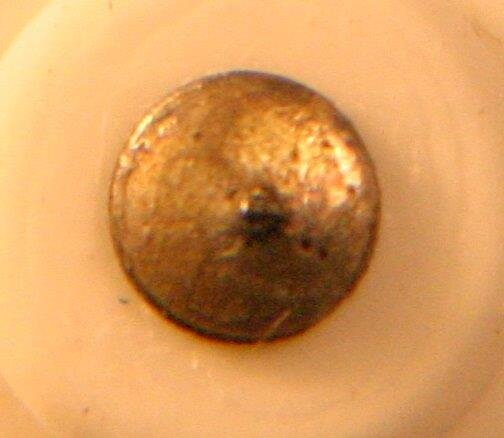Ken Johnson
Member
As promised, here are three photographs of the base of a new Osram BTR lamp. I have not attached an image to a post before and hope I have done it reasonably well.
Pictures 1 and 2 are of the same lamp. Picture 3 is of a second lamp from the same case.

Here is picture 2.

Lastly, picture 3

As I have stated before, it is my contention that these irregular surfaces will not make a good contact with the terminal in the socket.
As far as a resolution is concerned, I am not sure what else I can do. If nothing else, I have pointed out what I consider to be an issue. Where it goes from here is beyond me. If I do try something, success or failure, I will report it.
Thank you
Ken
Pictures 1 and 2 are of the same lamp. Picture 3 is of a second lamp from the same case.
Here is picture 2.
Lastly, picture 3
As I have stated before, it is my contention that these irregular surfaces will not make a good contact with the terminal in the socket.
As far as a resolution is concerned, I am not sure what else I can do. If nothing else, I have pointed out what I consider to be an issue. Where it goes from here is beyond me. If I do try something, success or failure, I will report it.
Thank you
Ken





